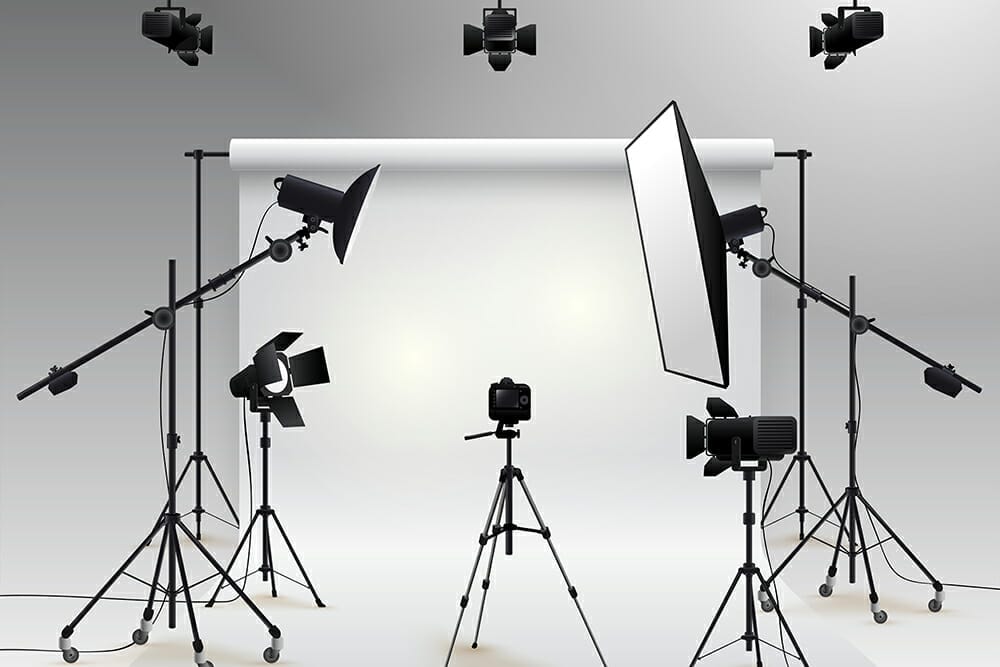How to Understand Lighting in Photography for Stunning Shots?
Understanding how to control and manipulate light is essential for any photographer looking to advance their craft. Mastering lighting in photography can transform ordinary shots into extraordinary ones. This guide is tailored specifically for professional photographers who want to delve deeper into the art and science of lighting.
The journey of mastering lighting begins with understanding its various forms and how it interacts with subjects. From natural light to artificial sources, recognizing and harnessing these elements is key to achieving the desired effect in your work.

Types of Lighting: What Every Photographer Should Know
Lighting can be categorized in several fundamental ways. Understanding these categories will empower photographers to make informed decisions when approaching each shoot.
1. Natural Light
Natural light is the most accessible form of lighting for photographers. It can vary significantly based on time of day, weather, and location. To make the most of natural light, consider several factors:
- Golden Hour: The hour after sunrise and before sunset when light is soft and warm.
- Harsh Midday Sun: Challenges posed by strong sunlight can be managed with shadow techniques.
- Cloudy Conditions: Overcast days provide diffused light that is flattering for portrait photography.
For more on lighting techniques, you may find this article on portrait lighting helpful.
2. Artificial Light
Many photographers rely on artificial lighting to achieve specific effects. Artificial light includes:
- Flash Photography: The sudden burst of light that can freeze motion and brighten shadows.
- Continuous Lighting: Constant light sources that allow for immediate visual feedback when composing shots.
Continuous lights, for instance, allow photographers to see how the light interacts with the subject in real-time.
3. Mixed Lighting
Sometimes you may find yourself working with mixed light sources - a combination of natural and artificial lighting. Here's how to approach this:
- Adjust the white balance to harmonize the color temperature of different lights.
- Consider using gels on your lights to match the tones.

Understanding Lighting Quality: Hard vs. Soft Light
Another essential concept in mastering lighting in photography is the difference between hard and soft light. Knowing how to manipulate these types will greatly affect the outcome of your images.
1. Hard Light
Hard light is characterized by sharp shadows and bright highlights. It is typically created using direct sunlight or a flash without diffusion. Some scenarios where hard light might be beneficial include:
- Showing texture and detail in surfaces.
- Creating dramatic effects in portraits.
Be cautious, though; hard light can also be unflattering if not managed properly.
2. Soft Light
Soft light, on the other hand, is diffused and produces gentle shadows. This form of light is often used in portrait photography due to its flattering qualities. To achieve soft light:
- Use softboxes or reflectors to scatter the light.
- Explore the use of natural light in shade or under cloudy skies.
For more on lighting techniques and tips, consider checking out this guide on studio lighting.

The Importance of Lighting Modifiers
Lighting modifiers are tools used to control light, enhancing or softening it, which leads to better photographic outcomes. Key modifiers include:
- Diffusers: Softens harsh light.
- Reflectors: Direct light towards the subject.
- Grid Spots: Control the spread of light.

How to Practice and Experiment with Light
Like any other skill, practice is vital for mastering lighting in photography. Here are some techniques to encourage experimentation:
- Start with controlled environments, like a home studio.
- Experiment with different times of day to see how natural light changes.
- Try various modifiers and observe their effects.
Professional photographers are often the best resources. Networking with peers or attending workshops can be invaluable for learning new techniques.
Editing Techniques that Enhance Light
Once you have captured your photographs, editing will often play a crucial role in refining the lighting. Understanding tools like Adobe Lightroom or Photoshop enables photographers to:
- Adjust exposure and contrast.
- Enhance shadows/highlights to create a desired mood.
This final stage is where all your knowledge about lighting can come together to produce stunning images.
Frequently Asked Questions About Lighting in Photography
1. Why is lighting crucial in photography?
Lighting determines how subjects are visually perceived. It can create mood, evoke emotions, and highlight important elements in your shots.
2. Can I achieve good lighting with natural light alone?
Yes! Many photographers successfully use natural light exclusively. However, understanding artificial lighting can enhance your skill set, especially in challenging environments.
3. What's the best lighting for portraits?
Soft, diffused lighting is often regarded as the most flattering for portraits, as it minimizes imperfections and enhances the subject's features.
Conclusion
Knowing how to understand lighting in photography is an ongoing learning process for professional photographers. Experimentation, continued education, and experience played significant roles in refining your lighting techniques. Utilize the information in this guide and your creativity to transform your photographs drastically.
For even more insights into photography and lighting, check out this important reference.
As an Amazon Associate, I earn from qualifying purchases.

